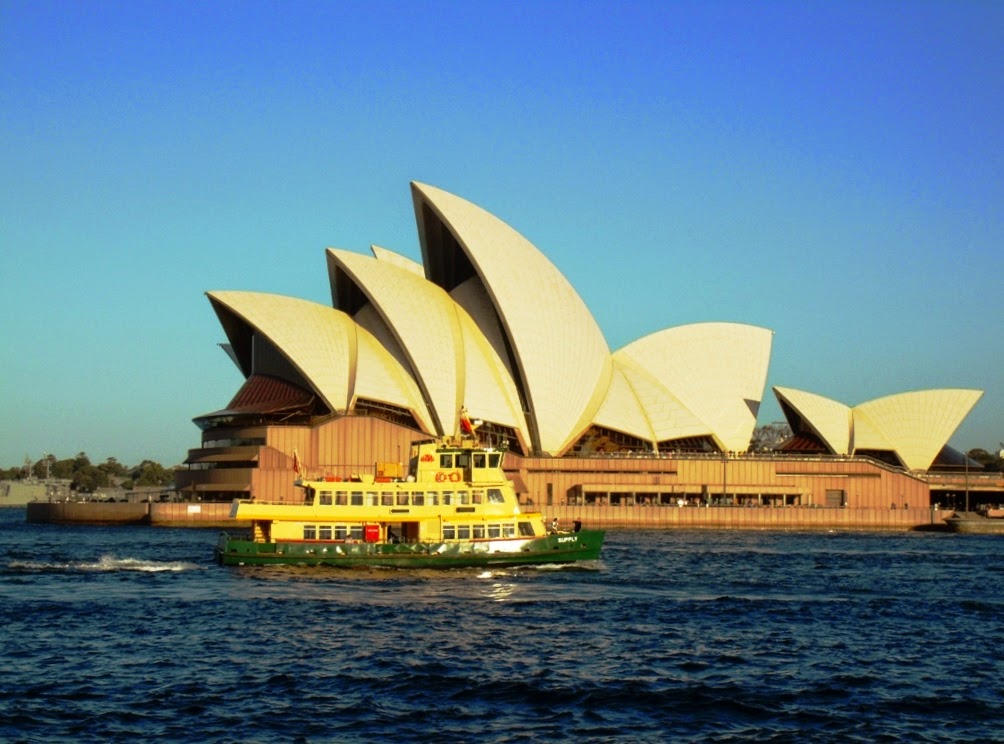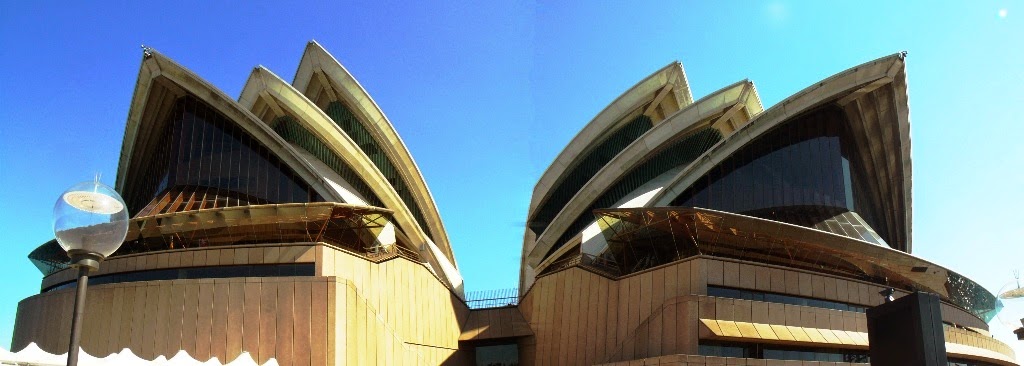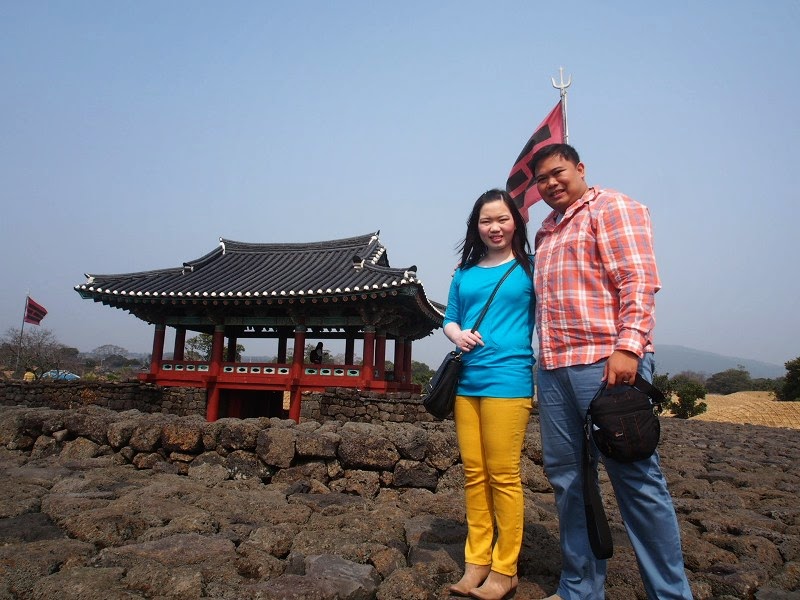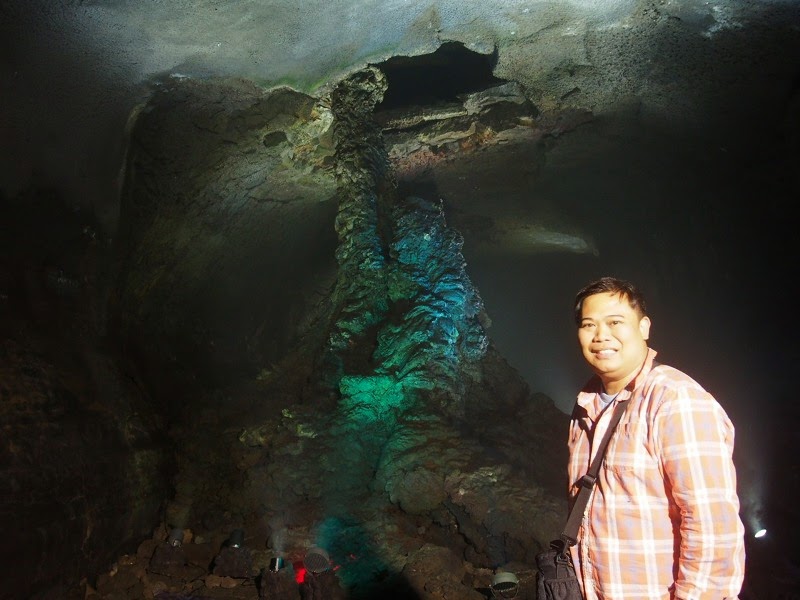Sydney is the state capital of New South Wales and the most populous city in Australia and Oceania. It is located on Australia's south-east coast along the Tasman Sea and surrounding one of the world's largest natural harbours. Residents are together known as "Sydneysiders" and constitute the most multicultural city in Australia and one of the most multicultural cities in the world.
The area around Sydney has been inhabited by Australian Aboriginal people for tens of millennia. The first British settlers arrived in 1788 with Captain Arthur Phillip and founded modern Sydney as at first a penal colony. Successive colonial Governors assisted to transform the settlement into a thriving and independent metropolis. Since convict transportation ended in the mid 1800s the city has become a global cultural and economic centre. The population of Sydney at the time of the 2011 census was 4.39 million. About 1.5 million of this total were born overseas and represent dozens of different countries from around the world. There are more than 250 different languages spoken in Sydney and about one-third of residents speak a language other than English at home.
Sydney has an advanced market economy with strengths in finance, manufacturing, and tourism. Its gross regional product was $337.45 billion in 2013 making it a larger economy than countries such as Denmark, Singapore, and Hong Kong.There is a significant concentration of foreign banks and multinational corporations in Sydney and the city is promoted as Asia Pacific's leading financial hub. In addition to hosting events such as the 2000 Summer Olympics, millions of tourists come to Sydney each year to see the city's landmarks. Its natural features include Sydney Harbour, the Royal National Park, Bondi Beach, and the Royal Botanic Gardens. Tourists also visit the city to experience its outstanding examples of period architecture and attend its man-made institutions such as the Sydney Opera House, numerous museums, and leading universities.
Top Tourist Spots and Sites to Visit:
The Sydney Opera House is a multi-venue performing arts centre in Sydney, New South Wales, Australia. Situated on Bennelong Point in Sydney Harbour, close to the Sydney Harbour Bridge, the facility is adjacent to the Sydney central business district and the Royal Botanic Gardens, between Sydney and Farm Coves.
Designed by Danish architect Jørn Utzon, the facility formally opened on 20 October 1973 after a gestation beginning with Utzon's 1957 selection as winner of an international design competition. The NSW Government, led by Premier Joseph Cahill, authorised work to begin in 1958, with Utzon directing construction. The government's decision to build Utzon's design is often overshadowed by circumstances that followed, including cost and scheduling overruns as well as the architect's ultimate resignation.
Though its name suggests a single venue, the project comprises multiple performance venues which together are among the busiest performing arts centres in the world — hosting over 1,500 performances each year attended by some 1.2 million people. The venues produce and present a wide range of in-house productions and accommodate numerous performing arts companies, including four key resident companies: Opera Australia, The Australian Ballet, the Sydney Theatre Company and the Sydney Symphony Orchestra. As one of the most popular visitor attractions in Australia, more than seven million people visit the site each year, with 300,000 people participating annually in a guided tour of the facility.
Identified as one of the 20th century's most distinctive buildings and one of the most famous performing arts centres in the world, the facility is managed by the Sydney Opera House Trust, under the auspices of the New South Wales Ministry of the Arts.
The Sydney Opera House became a UNESCO World Heritage Site on 28 June 2007.
How to get there:
How to get there:
From anywhere in Sydney, the easiest and most practical way to get to the Sydney Opera House is to take a train to Circular Quay. From there, it is a few minutes' walk to the Sydney Opera House.
If you're close to the centre of the city, you could walk due north along Macquarie St from the Hyde Park area. If you're in The Rocks, walk down to Circular Quay and then head to the Sydney Opera House which should be visible from there.
If you prefer to take a bus, check with Sydney Buses to find out which bus to take.
If you want to take a ferry to Circular Quay, there are ferries from Parramatta in the west, Manly and other points north and Watsons Bay in the south. These ferries would have other stops along Parramatta River, Sydney Harbour and the Pacific. There are water taxis you can take to the Sydney Opera House as well as street cabs.
If you're driving there's underground parking, for a fee, at the Sydney Opera.
2.) Harbour Bridge


































































